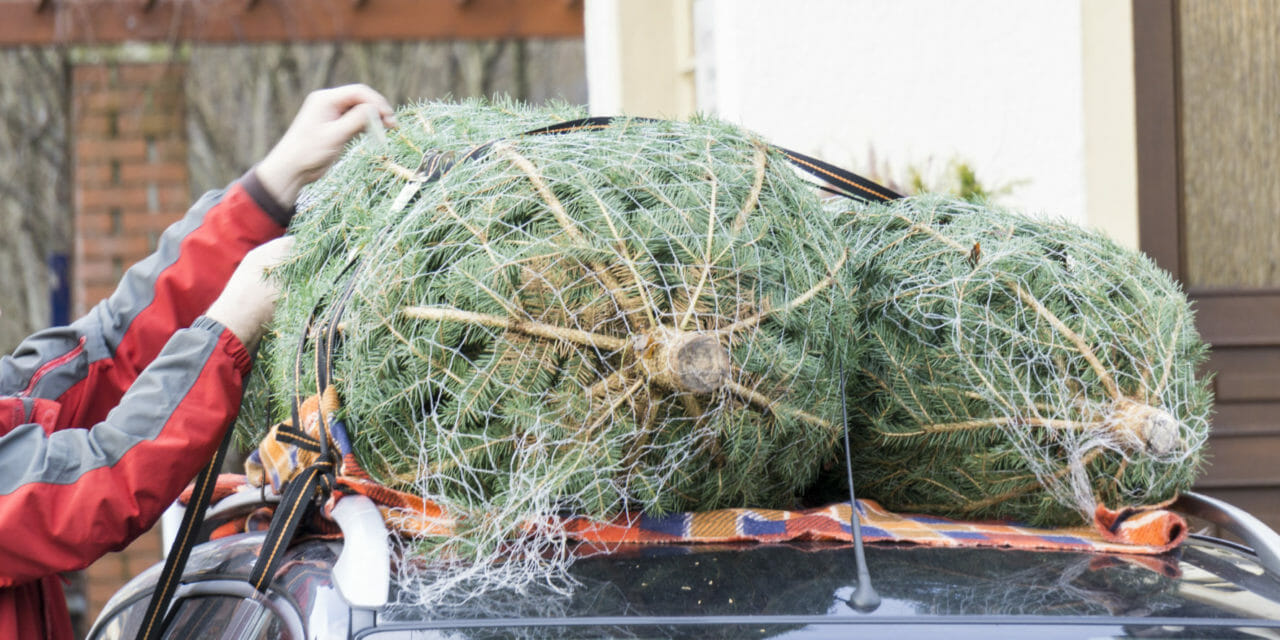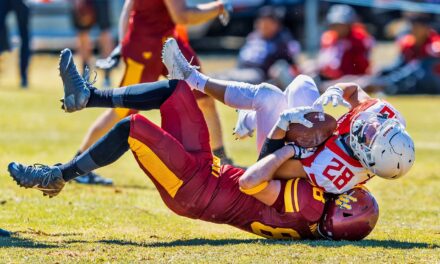Every year, millions of Americans purchase a “real” Christmas tree, but motorists fail to properly secure it to their vehicle, risking serious vehicle damage, dangerous road debris, and hefty fines.
The Auto Club of Southern California is urging all motorists to make sure their holiday trees are safely secured this holiday season to avoid preventable crashes and damage.
“There is no question that a real tree can add something special to your home during the holidays, but motorists need to take care when transporting them,” said Auto Club spokesperson Jeffrey Spring. “Not only could you be putting other lives at risk, you could be setting yourself up for costly repairs to your own vehicle.”
Christmas trees that are not properly secured are a safety hazard for other motorists. According to the AAA Foundation for Traffic Safety, road debris – which could include objects like improperly secured trees– was responsible for more than 200,000 crashes that resulted in 39,000 injuries and 500 deaths over a four-year period. About two-thirds of debris-related crashes are the result of improperly secured items falling from a vehicle.
Motorists can face civil and criminal penalties if an unsecured tree falls off their vehicle. The California Vehicle Code prohibits transporting cargo such as a tree in an unsafe manner, and holds drivers responsible for any cleanup or damage costs caused by any object that falls off their vehicle.
Additionally, twine that is wrapped around trees and looped through door jambs or open windows can cause serious damage to door seals and window frames, which could cost motorists up to $1,500 to repair.
AAA Tips for Motorists to Safely Secure a Christmas Tree:
- Use the right vehicle. It’s best to transport a Christmas tree on top of a vehicle equipped with a roof rack. However, if you do not have a roof rack, use the bed of a pickup truck, or an SUV, van or minivan that can fit the tree inside with all doors closed.
- Use quality tie downs. Bring strong rope or nylon ratchet straps to secure the tree to your vehicle’s roof rack. Avoid the lightweight twine offered by many tree lots.
- Protect the tree. Have the tree wrapped in netting before loading it. If netting is unavailable, secure loose branches with rope or twine.
Protect your vehicle. Use an old blanket to prevent paint scratches and protect the vehicle finish. - Point the trunk towards the front. Always place the tree on a roof rack or in a pickup bed with the bottom of the trunk facing the front of the vehicle.
- Tie it down. Secure the tree at its bottom, center and top. At the bottom, use fixed vehicle tie-down points and loop around the trunk above a lower branch, to prevent any side-to-side or front-to-rear movement. The center and top tie downs should be installed in a similar manner.
- Give it the tug test. Before you leave the lot, give the tree several strong tugs from various directions to make sure it is secured in place and will not blow away.
- Drive slowly and easily. Motorists should use less-traveled streets, if possible. Higher speeds create significant airflow that can damage your Christmas tree and challenge even the best tie-down methods.







